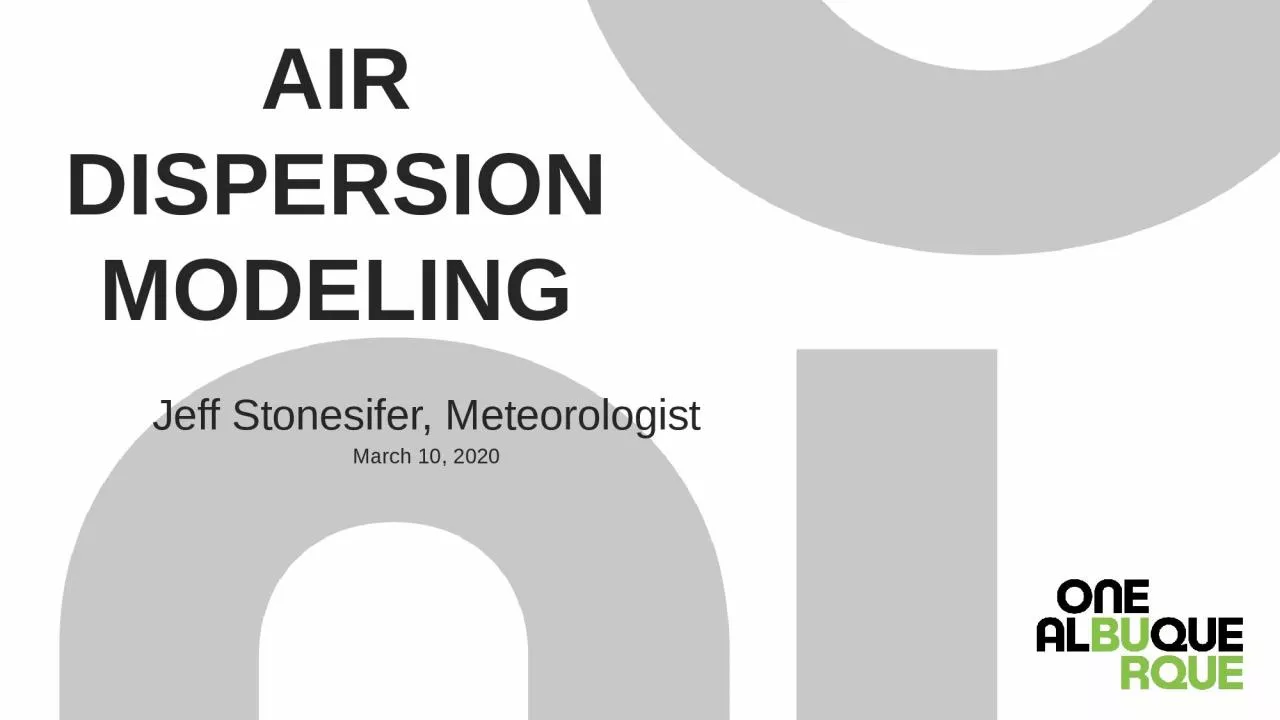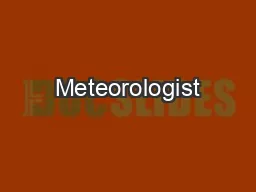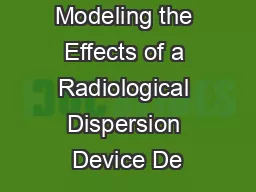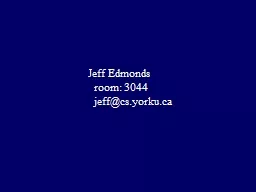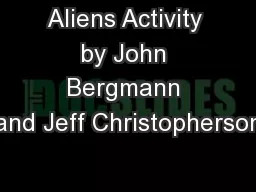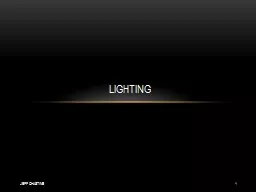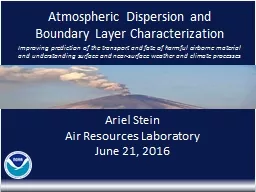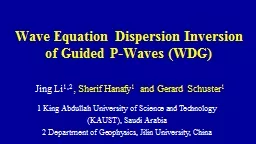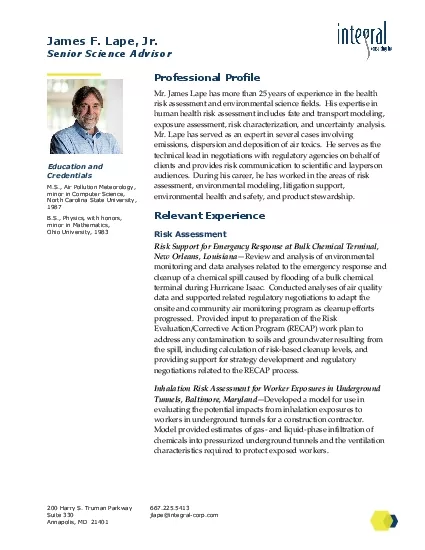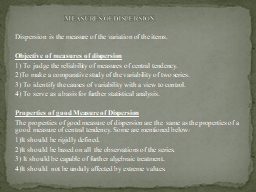PPT-Air Dispersion Modeling Jeff Stonesifer, Meteorologist
Author : fanny | Published Date : 2024-01-03
March 10 2020 2 Using Air Dispersion Modeling Models estimate impacts of pollution emitted by industry Compare the estimated impacts to air quality standards Air
Presentation Embed Code
Download Presentation
Download Presentation The PPT/PDF document "Air Dispersion Modeling Jeff Stonesifer,..." is the property of its rightful owner. Permission is granted to download and print the materials on this website for personal, non-commercial use only, and to display it on your personal computer provided you do not modify the materials and that you retain all copyright notices contained in the materials. By downloading content from our website, you accept the terms of this agreement.
Air Dispersion Modeling Jeff Stonesifer, Meteorologist: Transcript
Download Rules Of Document
"Air Dispersion Modeling Jeff Stonesifer, Meteorologist"The content belongs to its owner. You may download and print it for personal use, without modification, and keep all copyright notices. By downloading, you agree to these terms.
Related Documents

